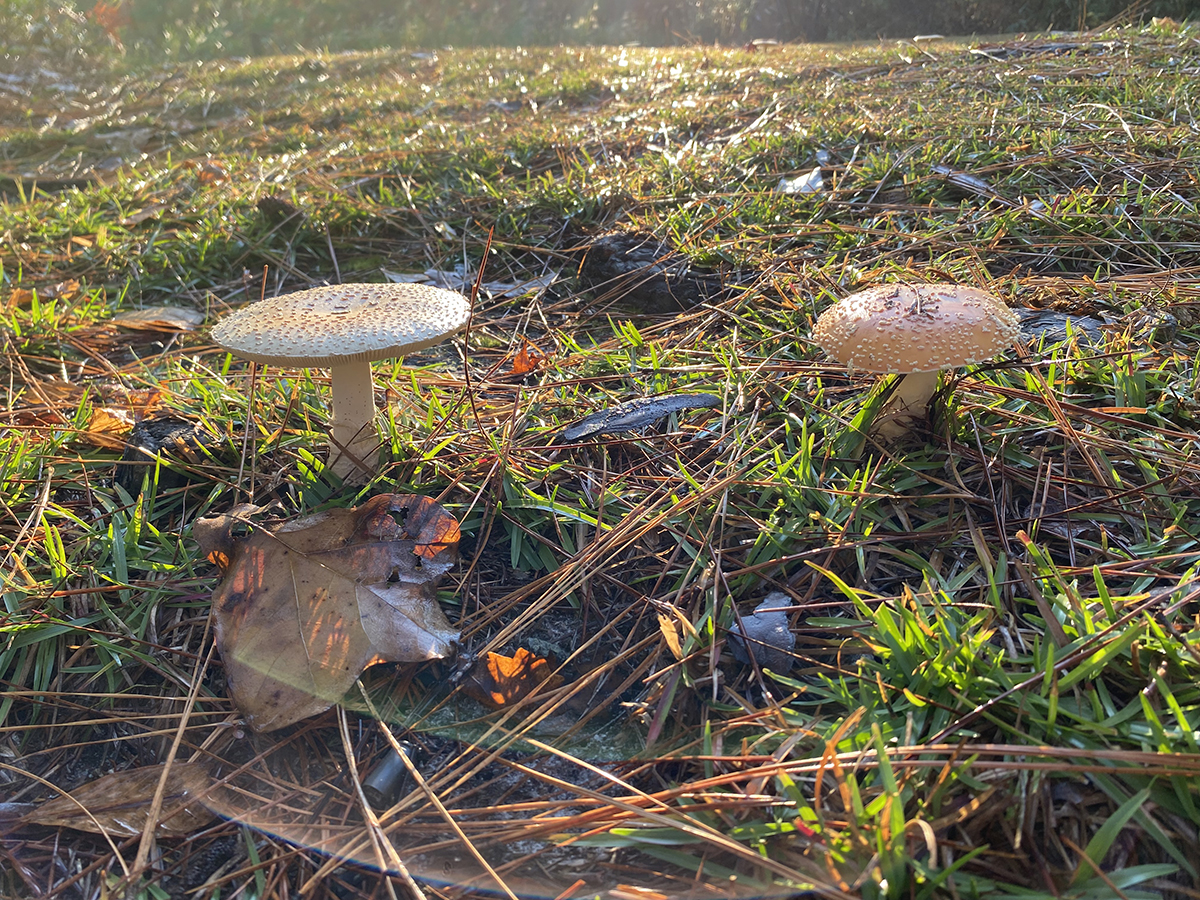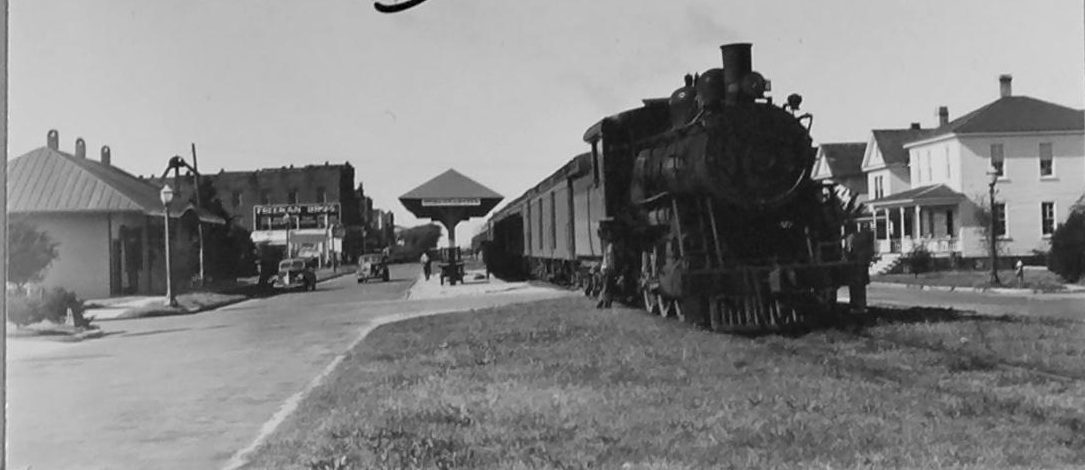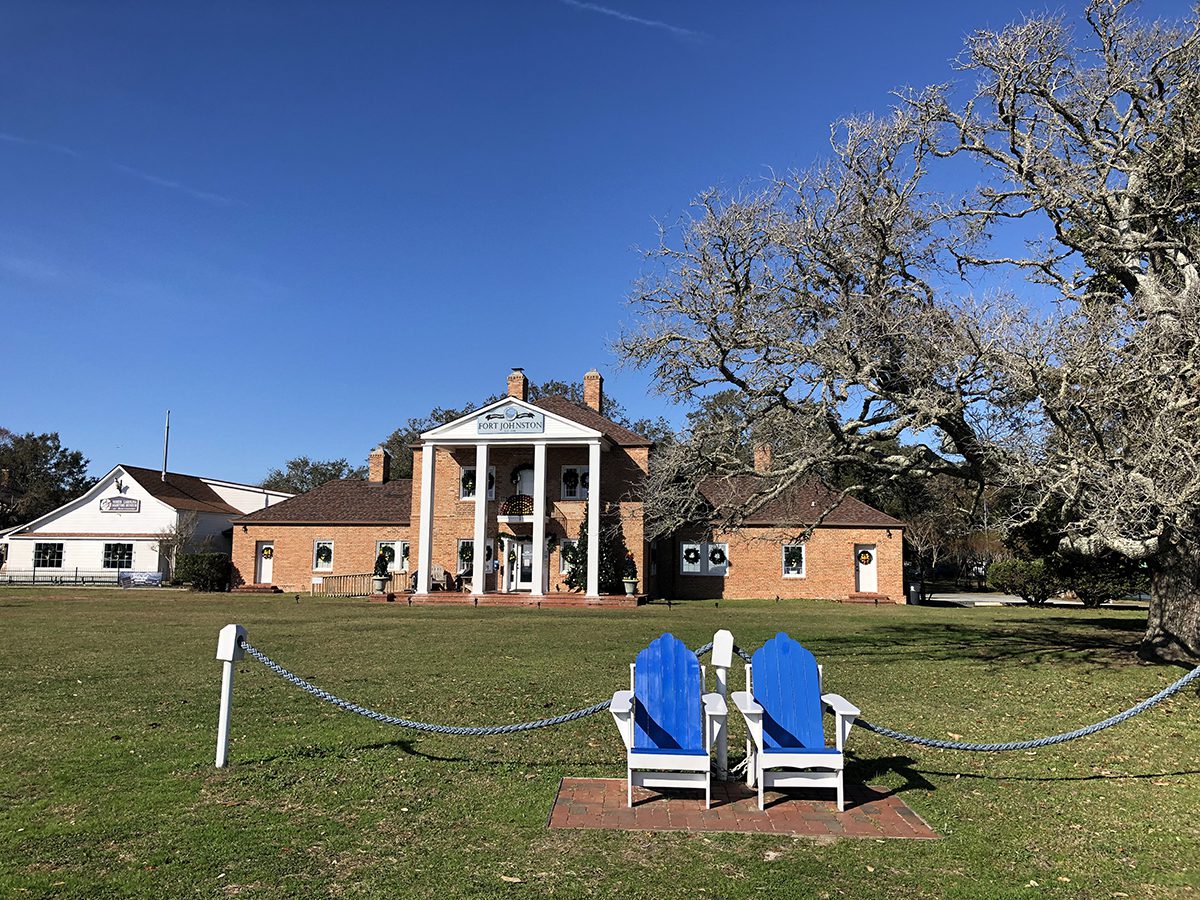
Part of a history series examining each of North Carolina’s 20 coastal counties. This post has been updated.
Brunswick County is the state’s southeast corner and in numerous ways a microcosm of the entire coastal region.
Supporter Spotlight
Brunswick has swamps, former plantations and a historical legacy that stretches back centuries. The county today is dealing with the effects of booming tourism, rapid growth and the threat of rising sea levels. And while its beaches may not be as famous as those in Carteret or Dare counties, and its towns are not as large as Edenton or New Bern, Brunswick County does share many of the traits that make coastal North Carolina such a fascinating region of the state.
Following the Tuscarora War, a number of English families settled along the rivers of central and southern North Carolina. One popular destination was the western side of the Cape Fear River near the South Carolina border. Sometime prior to 1728, Maurice Moore had reached the area and helped found Brunswick Town.
Moore had been a captain in the South Carolina militia and had become familiar with North Carolina in the fight against the Tuscarora. He settled along with his brother, Roger Moore, who built the famous Orton Plantation at Winnabow in 1735. Orton, which was enlarged in the 1840s, remains one of the best-preserved plantation homes in the state.
Brunswick Town became one of the colony’s most important towns over the next 30 years. It was a significant port and a seat of government, with governors Arthur Dobbs and William Tryon living in the town and attending its considerable church, St. Philip’s, the ruins of which can be seen today.
The county of Brunswick itself was formed in 1764 from New Hanover and Bladen counties. Its original boundaries were the Northwest Cape Fear River, the South Carolina boundary, the Atlantic Ocean, and a western line drawn near Waccamaw River and Juniper Creek, according to historian David Leroy Corbitt.
Supporter Spotlight
The late 18th century was a pivotal time in the history of Brunswick County. Brunswick Town faced competition starting in the 1730s with the formation of Newton on the other side of the Cape Fear River. Newton, which was incorporated as Wilmington in 1760, quickly outpaced its rival to the southwest.
Brunswick Town’s population declined. It was described by Scottish visitor Janet Schaw in her travelogue of North Carolina, where she stayed for nearly a year in 1775. Schaw wrote that Brunswick was “the best sea port in the province” but that “the town is very poor — a few scattered houses on the edge of the woods, without street or regularity.” The town was later abandoned after being burned during the Revolutionary War.
The burning of Brunswick Town led to a substantial southward shift in the county’s population. The town of Smithville was incorporated in 1805 and became the county seat three years later. It was the home of Fort Johnston, a colonial fort where Gov. Josiah Martin sought refuge before fleeing North Carolina entirely.
One of the county’s barrier islands also contained Fort Caswell, a Third System, or masonry, coastal fort built to protect the American coastline after the War of 1812. Benjamin Smith, the 16th governor of North Carolina, 1810-11, lived in Smithville and was buried in the town’s Burying Ground.
The antebellum period saw modest growth in Brunswick County as well as Smithville. The county received its first brick courthouse in Smithville in 1844. Several plantation owners in the country grew substantially wealthy, mainly through the cultivation of naval stores as well as corn and sometimes cotton. Well-known families in the county included the Smiths, Moores, and Drys.
Their success, of course, was built upon slave labor. More than 44% of the county’s population was enslaved in 1860 according to the Hergesheimer Map. The county was one of the few in the state that cultivated rice, a specialized process that used flooded fields and skills that enslaved people had brought from West Africa.
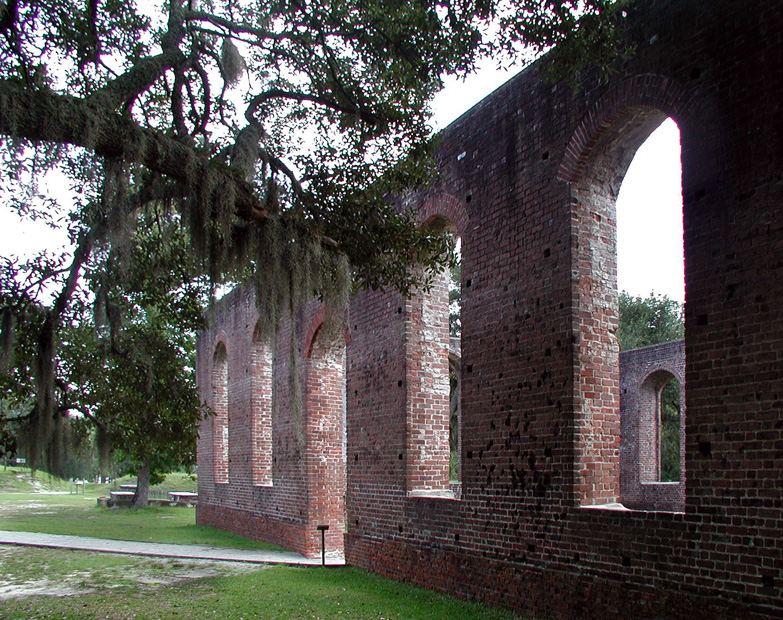
The Civil War renewed the Brunswick Town area. Confederates built Fort Anderson on the town’s ruins to protect the Cape Fear River and Wilmington from the Union blockade. Fort Anderson, along with Fort Caswell and the much larger Fort Fisher, helped form one of the Confederacy’s largest defensive formations. It held out until the last few months of the war. Much of Fort Anderson remains today and is accessible to tourists.
Brunswick County stagnated somewhat in the late 19th century. It avoided much of the industrial and commercial development of its neighbor to the east, New Hanover County. Brunswick’s population grew by only about 20% between 1860 and 1890.
The railroad did not reach the county seat until the early 1900s. But Brunswick still underwent some substantial changes. The most notable was the change of Smithville’s name to Southport in 1887, which heralded the growth of new industry and houses in the small town.
As the author of Southport’s National Register nomination form wrote, “In contrast with the slow and often stagnant growth of antebellum Smithville, the new town of Southport bustled with building activity …”
Tourism began to change Brunswick County’s fortunes starting in the 1930s. During that decade, beach development began in the county. The Atlantic Intracoastal Waterway, completed in the 1930s, went through the county and facilitated water commerce. A bridge from the mainland to Oak Island spanning the waterway was completed soon after.
By 1958, Oak Island had a number of homes, businesses, and one of the state’s tallest lighthouses. Successful development on that island later inspired settlements on the county’s other barrier islands. The state incorporated six towns on Brunswick barrier islands between 1955 and 1975, which grew along with the nonincorporated, ferry-access-only community at Bald Head Island.
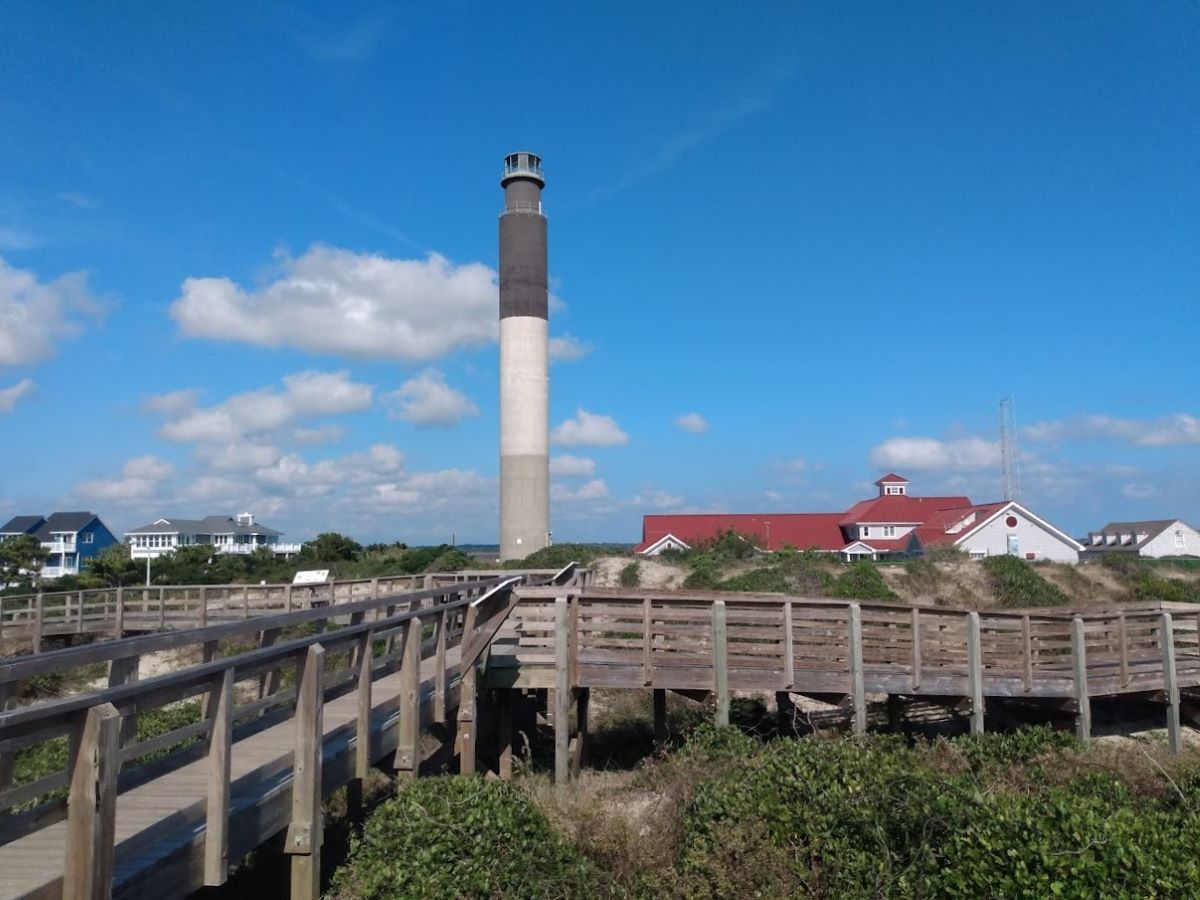
Tourists have also frequented several other historic and notable towns on the mainland. Brunswick Town became a state historic site in 1952 and attracts thousands of visitors each year. Southport has become known for its naval museum, historic sites and multiple locations from notable films. There is also Calabash, a town known throughout the country for its fried seafood.
A number of important people have called Brunswick County home. Many have been from Southport, including civil rights activist Bertha McNeil, baseball player Quinton McCracken, and military pioneer Margaret Craighill. Another was George Rappleyea, a businessman who helped organize the Scopes Monkey Trial and lived in Southport late in life.
Today, Brunswick County is a center for tourism and suburban development. It contains several bedroom communities for commuters to the thriving city of Wilmington. In Leland, the largest of these communities, the population grew 598% between 2000 and 2010. The southwestern corner of the county has also grown due to its proximity to Myrtle Beach.
More houses and communities have put strain on county resources and have exacerbated flooding caused by higher sea levels. Brunswick County’s prime location has bought it great benefits throughout its history, but this location may also fuel the challenges the county will face over the next few decades.




